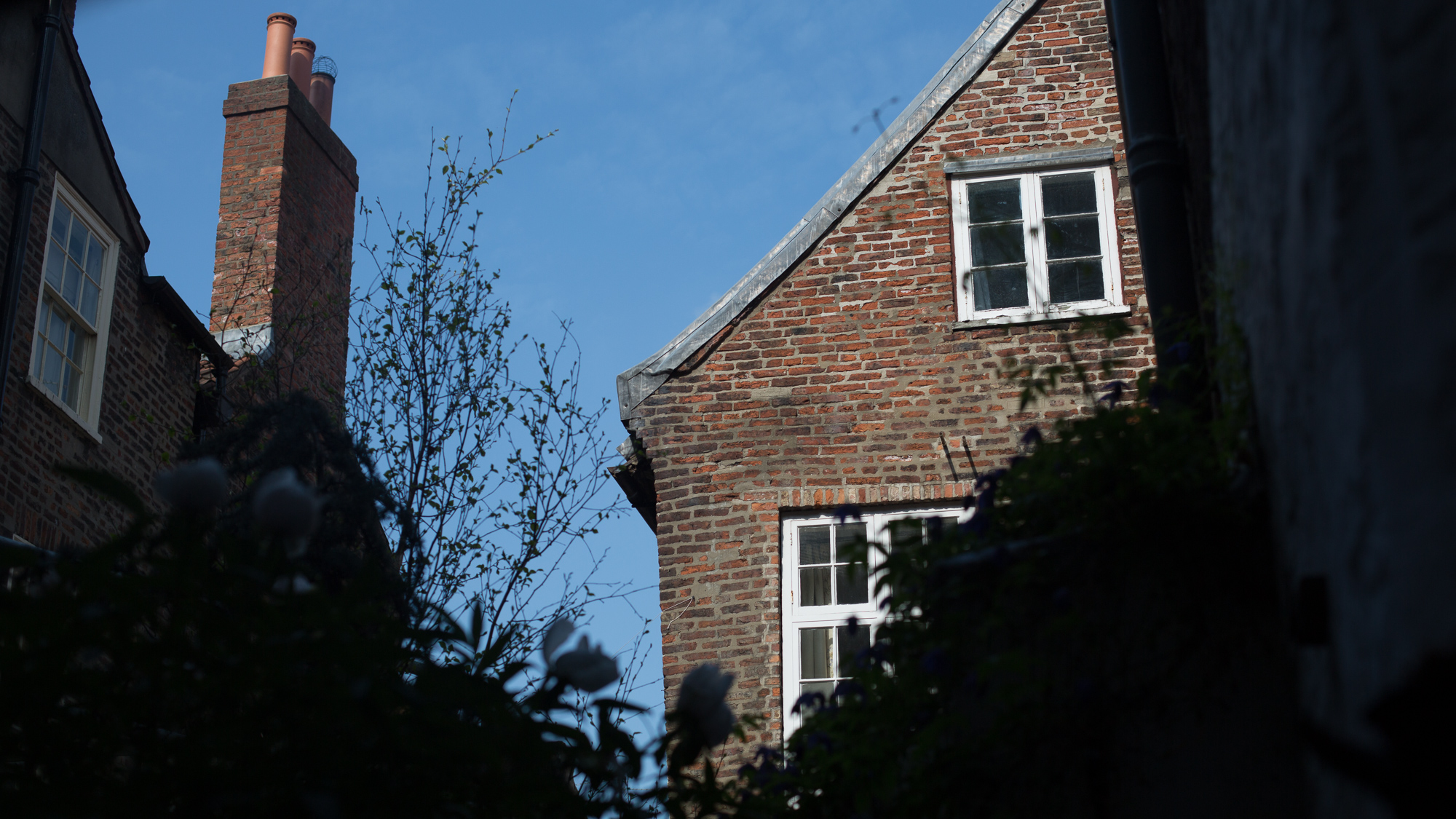Two Retreats. Part Two: Kyol Che at Wubongsa, Falenica, near Warsaw, Poland, March 2017
/The monk next to me is falling asleep, his rhythmic breathing has become more audible, his back a little less erect. We are sitting side by side on our meditation cushions, knees just a few inches away from one another. Eighteen Zen practitioners sit facing the walls of the meditation hall for the annual three month winter retreat (kyol che). Some are sitting the whole thing, others, like me, are here for only a week.
Usually we sit erect and unmoving, legs crossed, knees touching our thick mats, eyes gazing softly at the polished wooden floor. Our hands are held gently against our bellies just below the navel in an oval shape, thumbs gently touching, focussed on the body’s energy centre, from where our breathing, relaxed, naturally originates.
After a few moments my friend quietly awakens and the room returns to silence. If my eyes were closed, I would think I was sitting alone. I repeat my mantra while my whole being is absorbed by the question “What is this?” Meditating with this question makes plain what I am not. I am not just my body; I am not just my thinking. But what am I? I don’t know.
Loud clattering of the bamboo clapper signals the end of sitting. We stretch our legs before standing, then begin walking meditation. You can hear the soft thumping of the stockinged feet of those who have just joined the retreat, while those who have been here longer tend to move soundlessly across the polished floor. In settling our minds our bodies just naturally become quieter. What is this? Only try, try, try for 10,000 years. Only go straight, don’t know. Birds sing, a dog barks, the floor is brown and the walls are white.
Daily Schedule
A.M.
5:00 Wake up
5:15 108 bows, chanting
6:40 Sitting
8:00 Breakfast
8:50 Work
10:30 Sitting
P.M.
12:45 Lunch
2:30 Walk outside
3:20 Sitting
5:00 Dinner
6:30 Chanting
7:35 Sitting
9:35 Sleep


